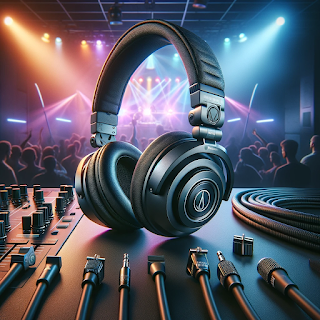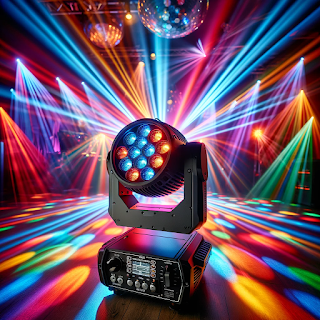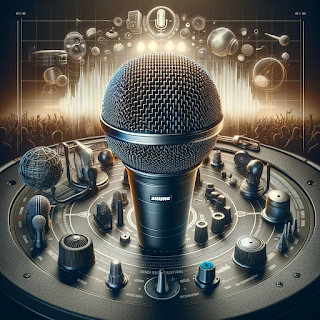Mastering DJ Software: A Guide to Digital Mixing Excellence
In the realm of digital music, the DJ stands as the alchemist of audio, transforming and blending tracks into a seamless auditory journey. The linchpin of this magical process is the DJ software, a tool that has revolutionized the way DJs mix, manipulate, and deliver music. Understanding and mastering DJ software is not just about keeping pace with the technological zeitgeist; it's about unlocking new creative potential and redefining what it means to be a DJ.
DJ software serves as the nexus between your creativity and your audience, allowing you to manipulate music in real-time. With features like sync buttons, loop functions, and effects processors, these software platforms empower DJs to perform feats that would be impossible or impractical with traditional hardware alone. But with great power comes great responsibility, and the true artistry lies in using these tools with finesse and subtlety.
Let's delve into the key elements of DJ software that you need to master to achieve digital mixing excellence.
**User Interface (UI) Familiarity**
The UI is your control panel for every performance. A cluttered or confusing UI can be a significant hurdle, while an intuitive one can make mixing feel like second nature. Spend time with your chosen software's interface. Learn the shortcuts, customize the layout if possible, and practice until navigating the software becomes a reflexive action.
**Library Management**
Your music library is the foundation of your craft. Effective DJ software will offer robust library management tools. Take advantage of features that allow you to categorize, search, and tag tracks efficiently. Utilize playlists, crates, or bins to organize your music by genre, mood, or any other system that matches your style. Remember, a well-organized library means quicker access to the right track at the right time.
**Beatmatching and Syncing**
Beatmatching is the skill of aligning the tempo of two tracks so they play in sync. DJ software often includes a sync function to automate this process, but understanding how to do it manually is crucial. Practice beatmatching by ear to develop a keen sense of timing and rhythm. Use the software's visual aids as a guide, but rely on your ears—the crowd will hear a mix, not see it.
**Looping and Cue Points**
Looping allows you to extend a musical phrase indefinitely, which can be invaluable for transitions or maintaining energy on the dance floor. Mastering loops means knowing when and how to set them seamlessly. Similarly, cue points enable you to jump to specific parts of a song instantly. Both are powerful tools for adding dynamism to your sets.
**Effects and Sampling**
Effects add texture and depth to your mixes, but overuse can quickly lead to a cluttered sound. Learn the subtleties of each effect: reverb, delay, flanger, filter, etc. Practice applying them sparingly to enhance the musical journey. Sampling can inject unique snippets of sound into your set, be it vocal cuts, instrumentals, or other sonic elements. Know your software's sampling capabilities and integrate them creatively.
**Recording and Analysis Tools**
Many DJ software options offer recording capabilities, allowing you to capture your mixes for review. Listening back to your performances can be a valuable learning tool. Additionally, use built-in analysis tools to understand the structure and key of your tracks, which can aid in crafting harmonically compatible mixes.
**Hardware Integration**
While software might be at the heart of your setup, the hardware is the body. Controllers, mixers, and interfaces are the physical touchpoints of your performance. Ensure your software and hardware are in harmony. Familiarize yourself with how your software maps to your equipment, and customize any mappings to suit your workflow.
**Live Performance Features**
The true test of a DJ's skill is often their live performance. DJ software can offer features tailored for live use, like on-the-fly remixing, live effects manipulation, and even video mixing. Master these elements to bring a unique flair to your performances that goes beyond audio alone.
**Community and Support**
Lastly, join forums and communities centered around your DJ software of choice. These communities can be goldmines of information, offering user-generated tips, tricks, and advice. Additionally, software updates and support from the developers are crucial for staying on top of the latest features and fixes.
Mastering DJ software is not a destination but a journey—a continuous process of learning and adaptation. The digital realm is ever-evolving, and as a DJ, you must evolve with it. Harness the full potential of your software, and you'll not only achieve technical proficiency but also elevate your creative expression to new heights. Through mastery of your tools, you can turn each performance into an unforgettable experience that resonates on the dance floor and beyond.




Comments
Post a Comment